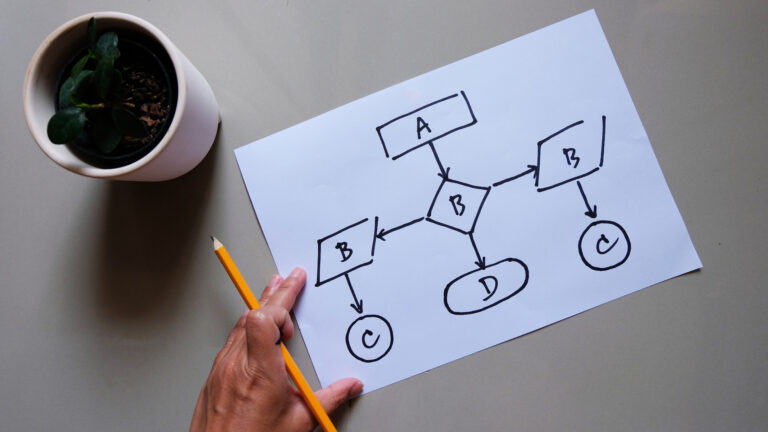Due to the broad scope of possibilities, we can create operational efficiencies with RPA across a wide array of manual processes within a company. For example, a specific event can trigger opening and logging into applications necessary for a specific role every morning. Another process could be triggered at a certain time to generate a weekly summary email of upcoming tasks on a project. A robotic process could also be used to manage paperwork to ensure a smooth and efficient onboarding process.
UiPath defines RPA as
“Converting a manual process to an automated process via a robot that mimics human actions”
An important part of this definition is the conversion of a manual “as is” process to an automated “to be” process. Because automation thus relies on having a manual process in place – what happens when there isn’t one?
You must design a custom process to be automated with RPA. By designing our own process to automate, we are expanding the scope of RPA.
The business need I’ve been tasked with solving is creating an RPA process that collects time and expense data to provide on-the-fly progress reports for our government IT projects here at ConvergeOne Government Solutions. This includes comparing expenses to date with the project budget in order to gauge profitability in real time. Here, there is no manual process in place to be automated. This poses a unique challenge that the UiPath RPA training course does not account for: designing an “as is” process for RPA.
To begin designing an RPA process from scratch, we started by answering a simple question:
What data will we need to fulfill the objective?
The answer to this leads to a much more difficult question:
Where can we get this data?
We started by talking to the Project Managers about where to find data regarding project expenses. This led us to ConnectWise—the IT project management software we use internally—which stores significant details regarding project expenses. Automating a process in ConnectWise fits well into the scope of RPA development, as scraping data from a website is one of RPA’s strengths.
Instead of identifying all of the relevant data and trying to find it in the system, we worked backwards by examining the data elements already stored in ConnectWise. In doing so, we could acknowledge the missing data and find ways to incorporate it. For example, although ConnectWise includes travel expense data, it generally isn’t input until up to 90 days after the expense occurs. This is a problem for an automation that is meant to track expenses in real time.
Now we can address business needs that don’t already have a process in place using RPA. Any type of expense tracking will follow the same format as our process – but it could also be used to track and visualize other relevant data like inventory, cash application, or any project-related data being collected from various sources and summarized.
